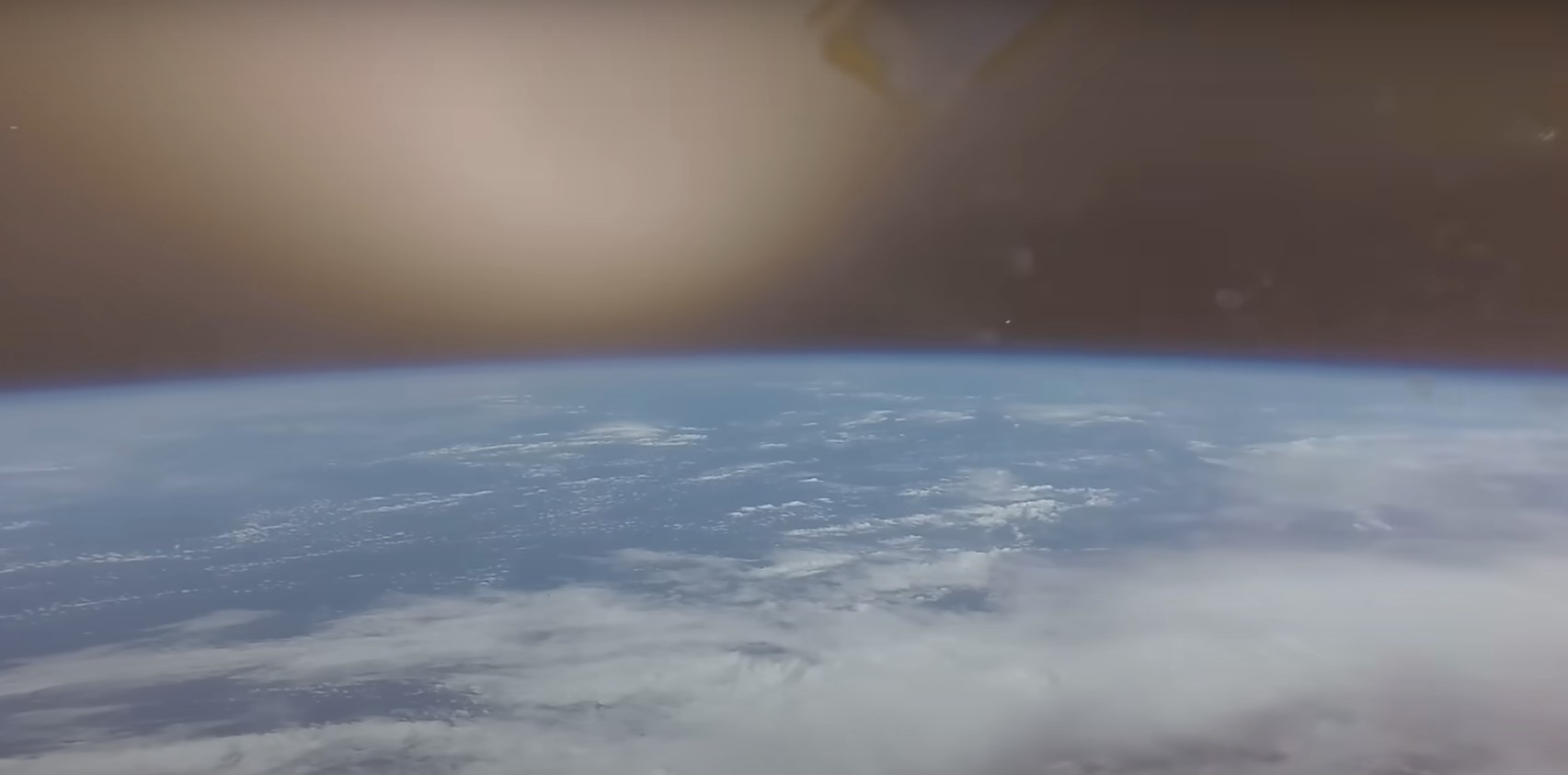
A year after the successful return of the unmanned Orion capsule, the record shows the full atmospheric re-entry in detail. This completed what was the kick-off for the planned return of humans to the Moon in 2025.
A year has already passed NASA’s unmanned Orion capsule returns to Earth Successfully came to a historic conclusion Artemis 1 Lunar Mission, what are you looking for We will send humans back to our natural satellite by 2025 After 55 years.
By Infobay
That homecoming was exciting and dramatic Orion shows the video: The capsule recorded its terrifying dive through Earth’s atmosphere, leaving a fiery trail across the sky.
NASA demonstrated this in detail Incredible video of Orion re-entering Earth after 25 days In deep space, you can see the spacecraft’s terrifying dive through Earth’s atmosphere as it leaves a trail of fire in the sky, caused by friction in the layer of gases surrounding our planet.
Artemis 1 launched on November 16, 2022. The new Space Launch System (SLS) megarocket, replacing the legendary Saturn V rocket of the Apollo era, launched an uncrewed Orion capsule from the Kennedy Space Center in Cape Canaveral, Florida.
was First launch of NASA’s most powerful rocket, SLS and the second from Orion. Remember, the capsule had a brief test flight into Earth orbit in 2014, using a United Launch Alliance Delta IV Heavy rocket.
Artemis 1 Orion It reached lunar orbit on November 25, 2022 and remained there for nearly a week before beginning its long journey back to Earth. On December 11, The capsule impacted our planet’s dense atmosphere at about 39,400 km/h. A tough challenge for its heat shield, the largest of its kind ever built.
However, the heat shield passed the test, but not with flying colors. “Some of the charred material we expected to return home disappeared differently than our computer models and ground tests predicted.” said Howard Hu, NASA’s Orion program manager during a press conference.
Read more Infobay





:quality(85)/cloudfront-us-east-1.images.arcpublishing.com/infobae/KTKFKR763RBZ5BDQZJ36S5QUHM.jpg)